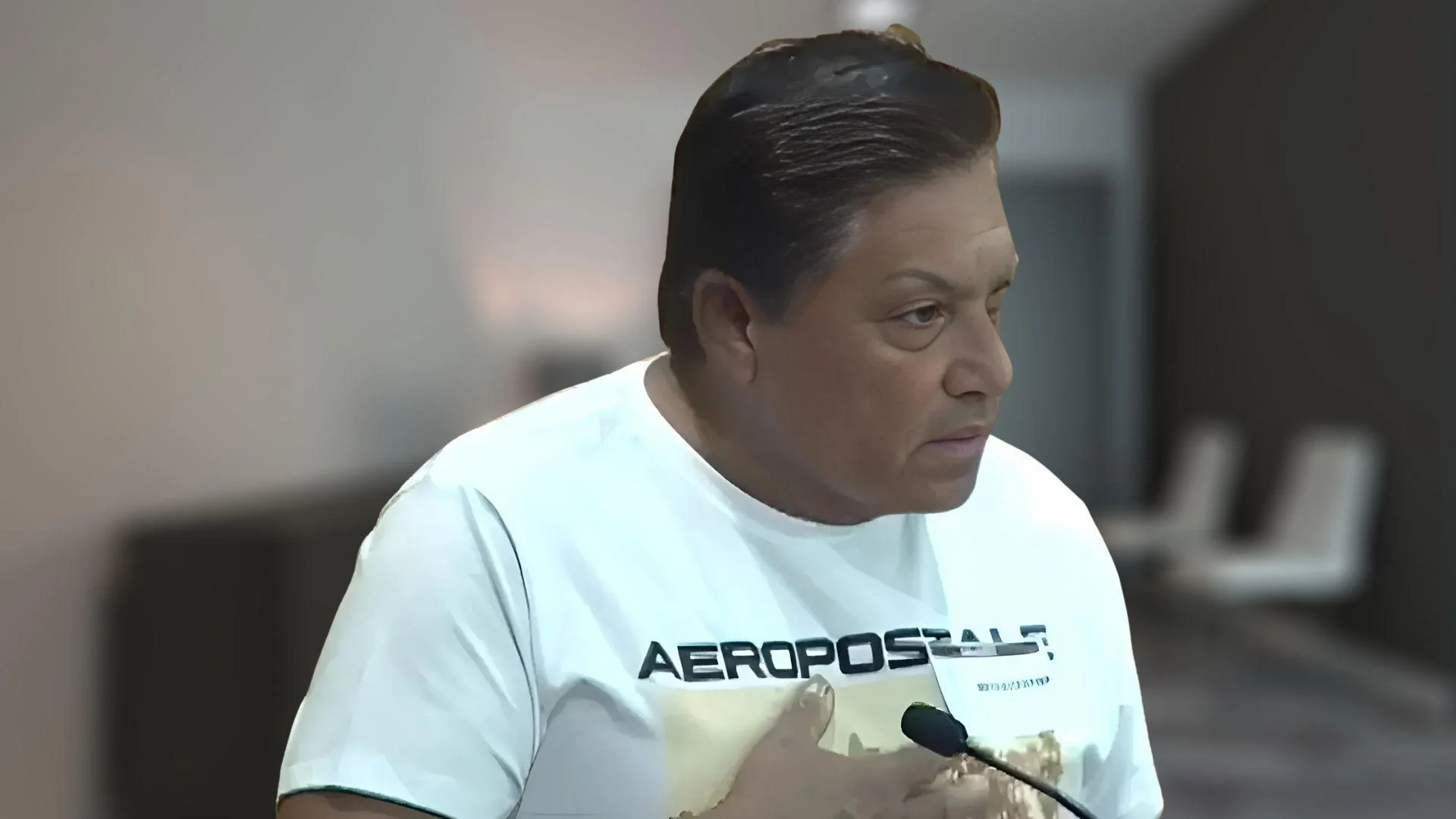Aviation design is usually based on symmetry, with balanced wings and mirrored fuselage features to optimize aerodynamics. However, there are cases where aircraft have incorporated deliberate asymmetry for functional reasons. The Boeing C-17 Globemaster III is one such example that has recently drawn attention due to its under-fuselage sponsons.
In September 2025, The War Zone published an article highlighting the C-17's unusual feature: the right-hand sponson under the fuselage extends farther forward than the left. This difference arises because the right sponson houses both the auxiliary power unit (APU) and a ram air turbine (RAT) extension. The APU supplies critical systems such as electricity, hydraulics, environmental control, and de-icing when engines are off. The RAT can deploy in emergencies to provide hydraulic power for flight controls. These additional components require more space, resulting in an asymmetric appearance.
The article noted that this difference is noticeable from certain angles but does not impact performance or handling due to careful structural compensation. Weight distribution, reinforcement, and aerodynamic trimming ensure stable flight despite the mismatch. Social media users have helped bring wider attention to this detail.
 Alerts Sign-up
Alerts Sign-up




































